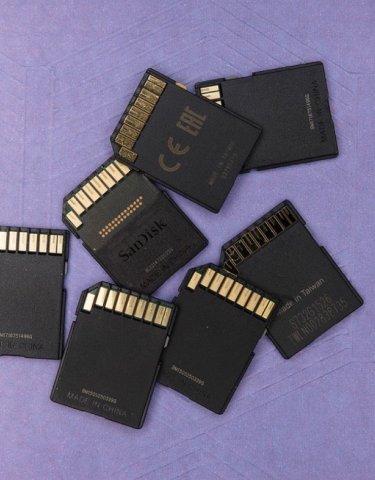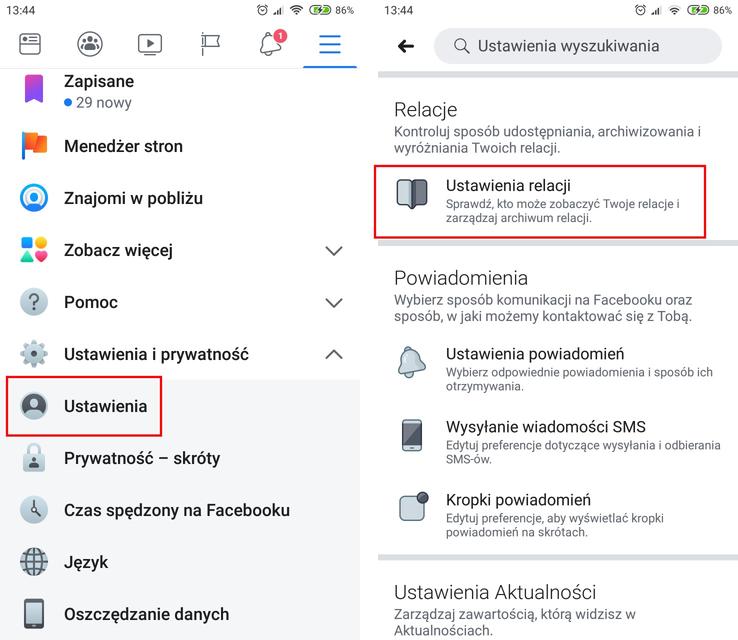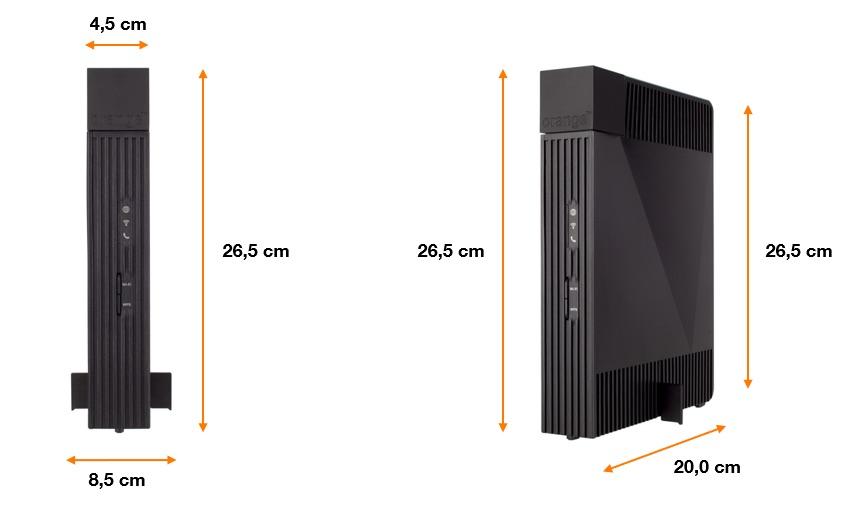In this article, we will limit ourselves to the most common and universal types of cards, which are SD and microSD. Other standards are rather for strictly professional applications and hardly anyone uses them for anything other than recording photos and videos in more expensive cameras and camcorders.
This will interest you The new Macbook Pro officially: without TouchBar and with MagSafe Filmmakers will be happy, this SD card will be faster than popular SSDsWhere did SD cards come from
Before we get to how to lose, let's talk a bit about the same cards, because, contrary to appearances, they can be very different from each other. SD stands for Secure Digital and is a card standard developed two decades ago by Panasonic, Toshiba and SanDisk, who founded the SD Association to promote it, now with over 1,000 members.
The cards, due to their compactness, would quickly conquer the world of consumer electronics, most laptops, computers and smartphones had slots with a characteristic stylized SD logo. They are used as a recording medium in cameras and cameras, as a disk extension in telephones or as a modern floppy disk in the case of computers.
Types of SD cards
SD cards come in three sizes: normal, mini and micro, although I haven't seen the middle one in years. Today, we can distinguish four basic generations of them, practically no longer present on the SD market (which is why we will omit), the most popular SD HC and SD XC, and the latest, but ineffectively promoted SD UC.
Read on belowSD Card Speed
There are also big differences in file transfer speed between individual cards. To buy a really fast model, you need to pay attention to a few things. First, high-speed cards must have newer transfer interfaces with more pins. We are talking about Ultra High Speed or UHS, which today has three standards and the latest, supporting PC Express and NVMe, SD EX (Express).
Interface type allows different maximum transfers:
Let it not be too simple, however, you need to remember that these are the maximum speeds of the data bus, and the speed of the card also depends on other factors, such as memory chips, type of supported duplex. That's why the SD Association has introduced card speed classes:
In the latter class, we also have two UHS subclasses, U1 and U3, the latter of which guarantees a minimum write speed of 30 MB / s. Sometimes separate classes are also used for video creators, also setting minimum write speed thresholds (e.g. V60 is a record of at least 60 MB/s).
However, since each of these classes tells us about the minimum speeds that a given card must meet, it is also worth looking at the manufacturer's descriptions. The better ones indicate the speed of writing and reading both on the packaging and on the card label.
Example speeds of two of my fastest cards:
As you can see, the differences within the same class can be really big.
SD Card Readers

The card, however, is only half of the "ecosystem" of SD cards, on the other side we have readers and slots in devices. As some of you have probably already guessed, with so many standards, it will not be easy with readers either. That's right, the quality and speeds achieved vary greatly.
First of all, in many cameras the slots are still UHS-I versions. Readers can be purchased in different versions, but I do not recommend anyone to take something that does not support at least UHS-II. Even if you do not use this speed in the camera, the difference will be very large when transferring files.
Wireless SD
At the end of the historical and informational part, I would like to describe an interesting, though not successful on the market, idea for the development of this format. If you get an SD card with the WiFi inscription, yes, it means exactly that it has been equipped with a network module and you can connect to it wirelessly.
Such a card is in fact a small computer with an ARM processor on board, creating its own network that could be connected to by another device. Why were they not successful? Slow transfers, demand for energy that made some devices unable to use them, high price and WiFi appearing in more and more devices killed this concept years ago.
Why is it worth moving data to an SD card and storing it there?
If you have computers with a built-in fast reader or you have an external one, you can consider an SD card as an alternative to a pen drive. Cards from reputable manufacturers, although less physically durable, are usually faster and more reliable when it comes to electronic reliability. Personally, I feel more confident with them, and to protect them, I bought a case that holds 8 cards and in the field it is the most convenient solution for me.
Someone might ask, what's the use of an SD card in the age of clouds? These are, of course, the tools of first choice today, but many times I have encountered a situation where the network fails somewhere in the field, transfers are so low that a person does not know what to do with himself or simply the nature of the data is such that the "wireless operation" takes too long . The card is an effective protection for such an occasion, competing with the aforementioned pendrives.
How to transfer photos and files to the SD card from an Android phone?
Until recently, the situation on this platform was very simple, most Android smartphones had a built-in slot for microSD cards. In such phones, if we properly configure the system, the photos will not need to be transferred, the camera will save them directly on the card.
To do this, you need to go to the settings of the photo-taking application or find it in the "Applications" tab in the system settings. There you need to move the record from the internal memory to the memory card and confirm. Just remember that the card should be inserted in the phone beforehand, most devices will not show you this option if you don't.
If you already have a large number of photos stored in the phone's internal memory or you have other files that you would like to transfer, you can transfer them "manually" using the file manager. Most manufacturers have such programs pre-installed on their devices, for Samsung it will be "My Files", for Huawei "File Manager". However, the most universal program will be "Files by Google". If you use it, you need to find the "Clear" tab. After selecting "Move to SD card", you will be able to select specific files to transfer.
However, if your goal is not to free up space in the phone's native memory, but to transfer them, for example, to a computer, then you need to get a reader that supports smaller cards or get a special adapter that looks like a normal SD card. The microSD is inserted inside, and the whole thing into a regular reader and after the troubleYou can also use a reader connected to the USB port, you just need to check whether you have microUSB or USB-C on your smartphone, some readers have non-replaceable cables and connectors, so it's better to check it before buying.
How to transfer photos to a memory card from an Apple phone?
In the iPhone, the situation is more complicated because these phones have neither a memory card slot nor USB ports. We only have the annoying Lightning port and in this version we have to buy the reader.
In theory, a model with a Lightning to USB-C adapter connected to a normal reader may also work, but ... if you intend to use this road often, I wouldn't trust such a solution. Apple can be picky about accessories or adapters.
To transfer data, we will need the system Files program (or other file manager), in which our SD card will be visible. It is worth adding here that if we want to transfer files in the other direction, we can also do it, but in the case of some applications, it is advisable to choose the internal import option. For example, if you lose photos directly to your hard drive, you may have trouble accessing them from Photos.
How to transfer photos from a computer to a memory card?
In the case of computers, the matter is the easiest, after all, advanced file management is their domain. SD drives report themselves to the system and work exactly the same as your SSD or HDD. In fact, the only thing you need to take care of is the order in which you want to transfer your data. For example, from the already mentioned Photos program, it is best to transfer files to the card using the "Export unmodified original" function, files for Final Cut are best to be transferred as entire libraries from system.
When using SD cards on a Mac, be aware that some of them may have been formatted as FAT32 or NTSC, which can cause problems on this system. If the flash drive is to be used to exchange files with a PC, it is best to use the exFAT format, if only on a Mac, you can use HFS+ or APFS even in the encrypted version (although many people complain about high speed drops in this case). Of course, cards used in specific devices, such as cameras or camcorders, are left alone.
If your computer does not have a card slot, you can get one in the form of a reader or a hub, and preferably both of these devices. The hub will work better on the desk, the reader will be more handy in the field. In the case of Mac, it's better to stick to devices from companies specializing in devices for this platform, "no name" equipment like iOS likes to cause unpleasant surprises. In the case of the recently popular Mac Mini M1, hubs-stands that perfectly match the body of this computer are an interesting option.
How to transfer photos to a memory card from a tablet?
Using SD cards on Windows tablets is the same as on computers, ultimately they differ only in the form of the device. In the case of Android tablets, there is basically no difference compared to smartphones with this system. Only in the case of iPads, you need to remember that some of these devices are equipped with a USB port, and some with Lightning. So we need to choose the right reader for our model. As with iPhones, I suggest you go ahead and buy original readers from Apple, it will be faster and more reliable.
Summary
In 2021, memory cards are still a useful tool both in the hands of professionals and ordinary users. Clouds and WiFi are common and helpful today, but there are still many situations where transferring several dozen or several hundred GB of data will be faster using a physical medium. The return of readers to the MacBook Pro (it's a pity that not in the SD UC UHS-III version) shows that their twilight was trumpeted by some far too early.


